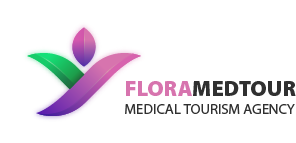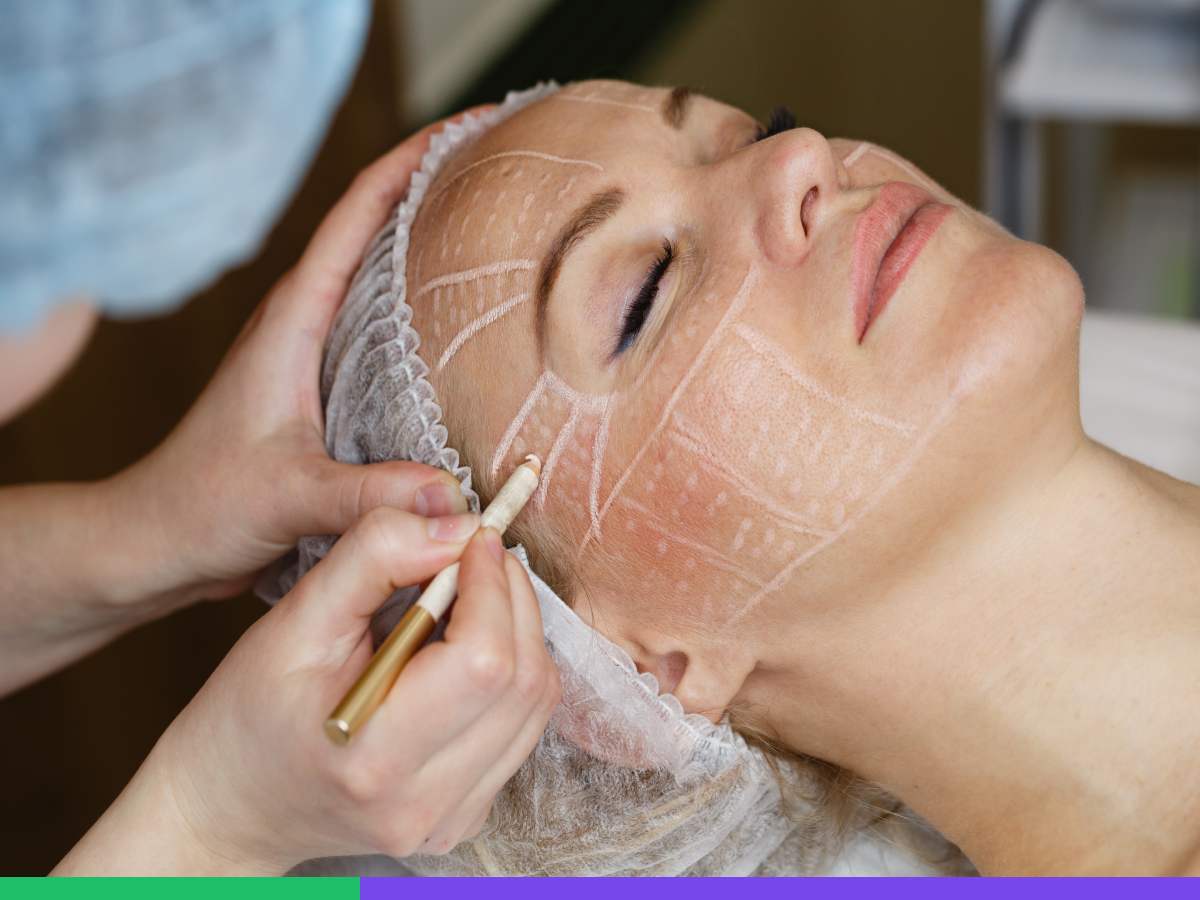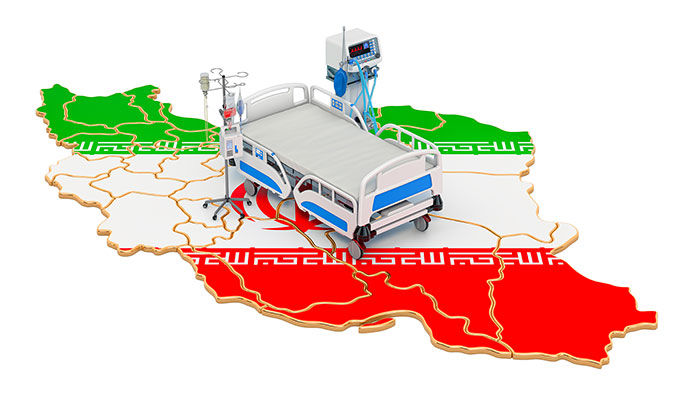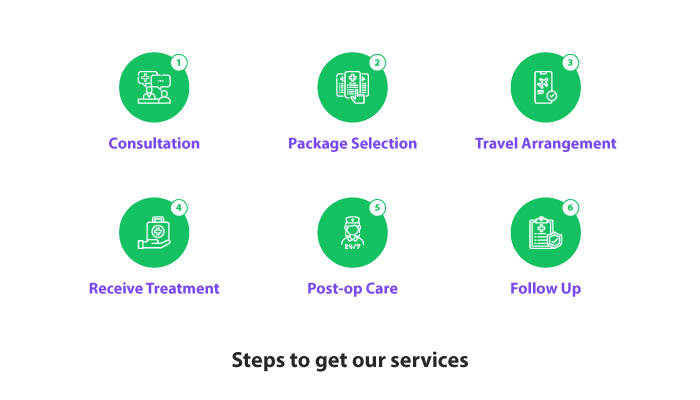Including these Services for Free
Medical tests
Rhytidectomy post-op care
Visa and Travel insurance
Interpreter
Food for all days
Medical consultation
Airport Pick up/Drop off
SIM card
Shopping
Sightseeing Tours
Medicine
Follow up
VIP Transfer
Internet

Flora medical tourism facilitator offers all-inclusive Throat Surgery Packages all across Iran(Tehran, Mashhad, Kish island, Shiraz, Tabriz, Esfahan, Yazd, Ahvaz, Sari…), for any budget.
7 Night Accommodation in Iran




Flora medical tourism facilitator only has partnerships with the best hotels.
We will reserve accommodation for you at up to 40% lower price than anywhere else.
ALL INCLUSIVE THROAT SURGERY PACKAGE IN IRAN from $2,100
What is throat surgery?
Throat surgery includes a wide range of procedures to detect or treat conditions in the throat. The treatments are performed on different parts of the throat including Larynx, Trachea, Pharynx, Esophagus, Thyroid, Parathyroid Glands, and Anterior Cervical Wall. During this surgery, the surgeon either fixes or removes the target area. Throat surgery is a useful option to treat various types of conditions from life-threatening tumors to chronic sore throats, recurring infections, and breathing difficulties. Depending on the patient’s problem, the type of throat surgery will be different. The main types of throat surgeries include Tonsillectomy, Laryngoscopy, Microlaryngoscopy, and Vocal Cord Surgery. There also some non-surgical alternatives such as radiotherapy, immunotherapy, and chemotherapy. For more information, please do not hesitate to contact us at Flora.
Throat surgery Step by Step in Iran
1.Consultation for Throat surgery
A consultation appointment will be made prior to the surgery in which the doctor will take a detailed history of patient’s health condition, symptoms and medication. Depending on the problem, a number of tests and scans such as an ultrasound scan, a CT scan or MRI scan may be performed. Both potential positive and negative outcomes will be discussed and the doctor let the patient know what to expect. If a surgery is required, the doctor may examine the external and internal areas of the throat by using special equipment and tools. The patient can also any questions or concerns he or she has regarding the surgery.
2.The procedure for throat surgery
Most throat surgeries are done under general anesthesia. Depending on the type of the problem and the patient’ condition, throat surgery procedures might involve making an incision on the outside of the neck or may be performed through the mouth. During the throat surgery, the surgeon may repair target tissue as a result of trauma or injury, correct structural abnormalities of the throat or remove benign tumors that are blocking the air way. The surgery may take from a few minutes to several hour.
3.Recovery for throat surgery
After the surgery, the patient may wake up in the ICU. The patient may be able to go home once he or she has made a full recovery from the anesthetic or may need to stay in the hospital for some days. He or she may have a tube might be in the stomach to provide food, an air tube in the nose or a tracheostomy tube in the throat to help him or her breathe. Here is a timely summary of what you should or should not do during your first week of recovery;
- Avoid speaking as much as you can during the first week
- Try to eat Hearty Soups and items that are either watery or easy to chew
- Do not drink hot and acidic fluids for a minimum of a week
- You should avoid any sharp, hot, or spicy food since it might hurt your throat
- After a voice reconstruction surgery, you must avoid talking, throat clearing, whispering, or coughing during the first week
- Take pain medications as you might feel soreness in the throat for the first couple of days
- Rest as much as possible during the first three days after the operation
- You should begin to stay up and walk slowly after the third day
It takes the patient a week to get most of his or her strength and energy back. It is necessary to take one to two weeks off work/school for some types of throat surgery. The care team will teach the patient how to care the incisions. The dietary and fluid advice and medication for pain, blood clot and infection will be recommended before leaving the hospital. After hospital discharge, the patient is still in contact with specialists and receive necessary instructions. Pay attention that the recovery process will vary according to the individual, the type of the problem and other contributing factors.
4.Follow-up for Throat surgery
You will be staying for a week in Iran for your recovery. However, your recovery usually takes longer than that. To help you with your recovery and have you under observation, Flora provides you with a 2-years follow-up service. The follow-up sessions take place online through video or voice chats with your doctor and our specialists. During the follow-up appointments, you have the opportunity to raise any concerns about the recovery progress. Meanwhile, it is recommended that you keep up doing the below recovery instructions after the first week:
- You may return to work after the first week if you do not have a physically demanding job
- Avoid lifting weights and rigorous activities for at least 2 weeks
- It is recommended to keep avoiding hot fluids and sharp foods for 2 weeks
- If you have had a voice reconstruction surgery, try not to shout or whisper for at least 2 weeks
Why Iran is a Wise Choice for Throat Surgery?
ENT related services like different types of throat operations are offered in different countries. Among these countries, Iran can be an ideal country for people who seek ENT treatments. There are many reasons that trigger people choose Iran as a perfect destination for throat surgery including:
- Affordable price for throat surgery in Iran due to its cheap currency compared to other countries
- Quite experienced and well-trained ENT doctors and surgeons
- Distinguished medical facilities, hospitals and clinics
- High quality operations and standards
- Making use of most advanced and novel medical equipment and techniques
- Low cost of accommodation
- Visiting tourism attractions, historical places and tombs in Iran
Hou much is a throat surgery?
The prices can surely vary around the world. It depends on both the type of surgery and the destination. But here is a good idea of where they roughly are. Naturally the price reaches its top in the US where a Laryngectomy cost starts from $23000. As another example, a surgery to treat LARYNGEAL CANCER can start from € 15,000 in Germany. Now, you could consider the price in Iran which is around $3000. We assure that this price comes with a high quality of services just as great as other top countries. The price gap is mainly due to exchange variations; doesn’t it sound like a real bargain? Now, you can choose a Throat surgery package with Flora, including the whole services you need for your surgery, coming at an unbelievable price of 2000$. The below table can give a general idea about the prices of throat surgeries:
| Type of Throat Surgery | Price in the US | Average World Price | The price in Iran |
| Tonsillectomy | $3,160 to $13,815 | $1,500 to $4,000 | Starting at $700 |
| Laryngectomy | $10,900 to $120,300 | $17 520 | $5000 |
| Uvulopalatopharyngoplasty (UPPP) | $6,400 to $10,000 | 5000$ | $3000 |
Why should I undergo a throat surgery?
There might be a variety of causes that make a throat surgery useful. In below, you can find the most common reasons for a throat surgery:
- Tumor and Cancer treatment
- Removing infections in the throat
- Treating conditions such as sleep-disordered breathing or snorting
- Eliminating chronic sore throats
- Repairing throat tissues that are affected (damaged) by a trauma or injury
Types of Throat surgeries
In the following you can see the main types of throat surgeries:
Tonsillectomy
Tonsillectomy removes the tonsils, which are two oval-shaped lymph nodes at the back of the throat. In the past, the procedure was mainly done to treat infection and inflammation of the tonsils. Nowadays, it is commonly performed to help people with sleep-disordered breathing.
Laryngectomy
Laryngectomy is a surgery to take out all or part of your larynx (voice box). The procedure can be used to treat tumors, infection, and injury in the larynx.
Laryngoscopy
A laryngoscopy is a procedure to examine your larynx. During the procedure, a thin tube with a camera, called a laryngoscope, is inserted into your larynx to help your surgeon examine your tissue more closely. The surgeon may perform Laryngoscopy either in a clinic office or as surgery in an operating room.
Microlaryngoscopy
A microlaryngoscopy is a surgical procedure that allows a provider to view your vocal cords with a microscope. If necessary, the surgeon may also remove growths from your vocal folds or correct movement disorders of your larynx. It is also possible to combine Microlaryngoscopy with a biopsy (taking a tissue sample) inside the larynx.
Vocal Cord Surgery
A Vocal Cord surgery is performed to treat growths, such as, polyps, tumors, or other masses in the vocal cords. The surgery can serve two main purposes; removing a tissue for biopsy(examination) and improving the vocal cords.
Anastomosis
An anastomosis is a surgical connection between two structures. It usually means a connection that is created between tubular structures, such as blood vessels or loops of intestine. For example, when part of an intestine is surgically removed, the two remaining ends are sewn or stapled together (anastomosed).
Esophagoscopy
This surgery is performed to examine the esophagus using an esophagoscope. An esophagoscope is a thin, tube-like instrument with a light and a lens for viewing the tissue. It may also be combined with a tool to remove tissue to be checked under a microscope to detect signs of disease.
Laryngoplasty
Medialization laryngoplasty is a surgical procedure to treat vocal cord paralysis or weakness. Your surgeon places an implant into the paralyzed or weak vocal cord to move it closer to a working vocal cord to improve your voicing. The implants are usually made out of materials such as carved silastic or ceramic blocks, Gore-tex® strips, and silastic shims.
Throidectomy and Parathyroidectomy
A thyroidectomy is a surgical operation to remove all or part of your thyroid gland. The thyroid is a butterfly-shaped gland located in the front of your neck, just below the Adam’s apple. This gland secrets hormones that regulate metabolism and some critical body functions. Thyroidectomy is commonly performed to treat thyroid disorders such as cancer, goiter (swollen thyroid), and overactive thyroid (hyperthyroidism).
Rigid Endoscopy
Rigid endoscopy through the mouth is a procedure to examine the back the throat and voice box (larynx). This procedure uses a telescope with an angled lens to check the throat. This can also help detect condition such as cancers, infections and inflammation of the throat. This procedure can be a useful option for throat examination, especially for older children and adults.
Glossectomy
Glossectomy includes a group of surgical procedures that aim to remove a proportion of the tongue. This procedure is mainly performed to treat tongue cancer by cutting the affected cancerous oral cavity lesions. Depending on the condition, the surgeon removes part of from the left, right, or midline of the tongue.
Adenoidectomy
An adenoidectomy, or adenoid removal, is surgical procedure to remove the adenoid glands. Due to infections, allergies, or other reasons, Adenoid glands may sometimes become swollen, infected and enlarged. This might cause conditions such as sore throat, snoring and sleeping difficulties. In this case, adenoidectomy can help treat these conditions by removing the glands.
Tongue tie release
Frenotomy (also called frenulotomy) is a surgical procedure that involves cutting the frenulum to free the tongue. This problem is seen in some babies who have trouble eating food. If necessary, the surgeon may also perform a Frenuloplasty which also involves plastic surgery of the frenulum.
Oropharynx examination/Biopsy
Oropharyngeal biopsy includes many forms of procedures that all aim to identify the histopathology of lesions. This can help detect any affected tissue and then you can be referred to a relevant specialist to treat that condition.
Bronchoscopy
Bronchoscopy is a procedure that lets doctors (usually a pulmonologist) examine your lungs and air passages. During bronchoscopy, the doctor passes a thin tube, called a bronchoscope, through your nose or mouth into your lungs. By using the tube, the doctor can have a close examination of your breathing system.
Laryngotracheal reconstruction
Laryngotracheal reconstruction surgery widens your windpipe (trachea) to make breathing easier. Laryngotracheal reconstruction involves inserting a small piece of cartilage — stiff connective tissue found in many areas of your body — into the narrowed section of the windpipe to make it wider.
UPPP
Uvulopalatopharyngoplasty (UPPP) is a surgery to widen and open the upper airways by removing excess tissue in the throat. The surgery involves some tissue rearrangement at the uvula, soft palate and throat walls to widen the airway and decrease tissue collapse. UPPP is commonly performed to treat obstructive sleep apnea or snoring.
Uvulectomy
A uvulectomy removes all or part of the uvula, which is soft flap of tissue that hangs from the top of the throat. This surgery may also help treat some conditions such as obstructive sleep apnea.
There are also some options for throat treatments that require no surgical operation or downtime. The main types of non-surgical alternatives for throat include:
Chemotherapy
Chemotherapy is a cancer treatment that uses a medicine to kill and destroy cancer cells. There are various types of chemotherapy medicine available. These medicine all work by stopping the reproduction of cancer cells and thus prevent their spread in the body.
Immunotherapy
In this therapy, a medicine, called checkpoint inhibitor, is used to treat laryngeal cancer. This therapy stimulates your immune system to target and kill cancerous cells.
Radiotherapy
This therapy uses high-energy rays to destroy cancerous cells in the throat. This non-surgical operation can be used as an alternative to a surgical operation to treat early-stage laryngeal cancer. It can also be used after a cancer removal surgery to stop cancerous cells returning
Who can perform throat surgery?
This type of surgery must be performed by an otolaryngologist who is a doctor received specialized training to treat patients with disorders and diseases of the ears, nose, throat, and other structures of the neck and face. Throat surgery needs a highly experienced team of surgeons and doctors. The surgeon should be familiar with the latest and specific surgical techniques and technologies associated with throat surgery and be able to apply them when it is required. Choosing a surgeon who has significant experience, and the most up-to-date knowledge of the ENT specialty can lead to achieve better outcome and reduce the potential side effects. Therefore, we try to assign the best board-certified surgeons to our patients to ensure a safe surgery with successful results.
What are the risks and complications of throat surgery?
With every surgery, there are some possible risks and the level of these risks is unique for each patient. The potential side effects and complications associated with this surgery may be different depending on the person’s overall health condition and the type of procedures he or she undergoes. In the following you can find the main risks that may be associated with throat surgery:
- Extensive bleeding
- Blood clots
- Infections
- Sore throat
- Hoarseness
- Voice changes
- Dry mouth
- Surrounding structures and nerves damage
- Long-term throat pain
- Speaking and swallowing difficulties
- reactions to the anesthetic
- Facial paralysis
- Hearing loss
How Can I Get My Throat Surgery Arranged with FloraMedTour?
Clearly, medical Facilitators are a huge help with arranging travel details. Flora medical tourism facilitator is a necessary means to ensure that you get the best care for your health issues. First you should send a request. Then, our consultant will contact you and guide you through all the process. When you decide to have a trip to Iran and throat surgery arranged, FLORA medical tourism agency will arrange all the necessary clinical, travel and hospitality services.











